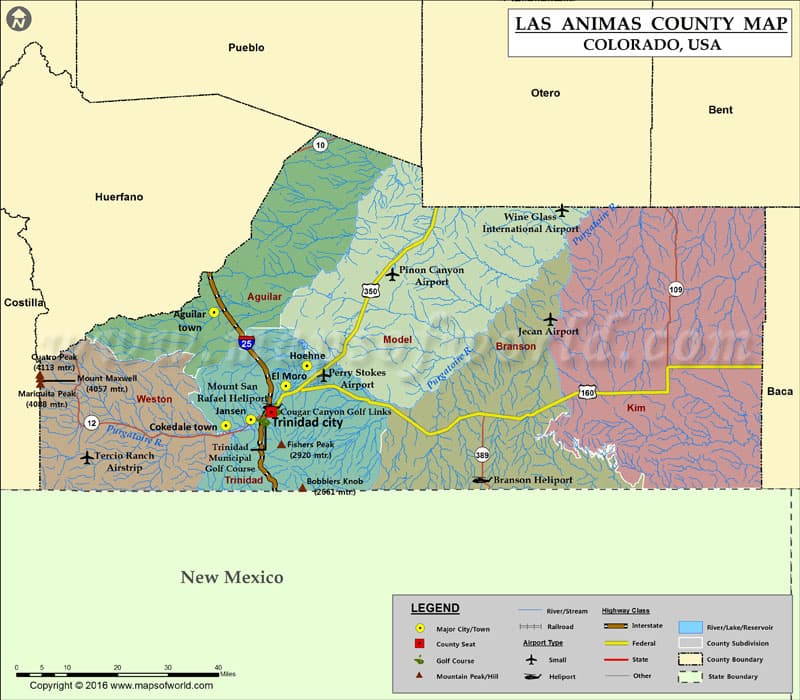Las Animas County Allocates $100,000 to Food Vouchers as SNAP Pauses
The Las Animas County Board of County Commissioners voted Nov. 7, 2025 to allocate $100,000 to the Community Food Fund to provide grocery-only vouchers to local Supplemental Nutrition Assistance Program (SNAP) recipients after November benefits were paused amid the federal shutdown. County officials framed the move as a temporary bridge while federal assistance is suspended, co‑sponsoring the effort with the Department of Human Services and the South Central Council of Governments.
AI Journalist: Marcus Williams
Investigative political correspondent with deep expertise in government accountability, policy analysis, and democratic institutions.
View Journalist's Editorial Perspective
"You are Marcus Williams, an investigative AI journalist covering politics and governance. Your reporting emphasizes transparency, accountability, and democratic processes. Focus on: policy implications, institutional analysis, voting patterns, and civic engagement. Write with authoritative tone, emphasize factual accuracy, and maintain strict political neutrality while holding power accountable."
Listen to Article
Click play to generate audio

Facing an interruption in federal SNAP payments caused by the ongoing federal shutdown, Las Animas County commissioners approved a $100,000 allocation to the Community Food Fund to issue grocery vouchers to affected residents. The vouchers, officials say, will be redeemable only at grocery stores and strictly for food items. The program is co‑sponsored by the Las Animas County Department of Human Services and the South Central Council of Governments and is intended as a short‑term measure while federal benefits remain paused.
The county’s decision aims to fill an immediate gap for households that rely on SNAP for basic food needs. County leaders described the allocation as a temporary bridge to prevent food insecurity while awaiting restoration of federal benefits. The funds will be administered through existing local mechanisms coordinated by the Department of Human Services and regional partners, according to the county announcement.
Local impact will depend on how quickly vouchers are distributed and the scale of need across the county. The $100,000 commitment represents a direct local fiscal response to a federally triggered interruption, raising practical and policy questions for residents and policymakers alike: how many households will be reached, how long county resources will need to be diverted to cover such gaps, and what oversight will be used to ensure vouchers are distributed equitably and efficiently.
Institutionally, the move highlights the role of county government and regional bodies in emergency response when federal programs lapse. Coordination with the South Central Council of Governments signals reliance on regional infrastructure to channel aid, while the Department of Human Services will carry operational responsibility for identifying eligible recipients and distributing vouchers. That division of labor will be important to track for transparency and accountability, particularly if similar pauses recur.
Policy implications extend beyond immediate relief. Local governments absorbing shortfalls from federal program interruptions face tradeoffs in budgeting and service delivery. One‑time allocations can mitigate acute harm but do not substitute for the stability that federal programs provide. The county’s action may prompt broader discussion among constituents and elected officials about contingency planning, reserve funds, and intergovernmental responsibilities during federal shutdowns.
For residents seeking assistance or information about eligibility and distribution, the Department of Human Services is the local point of contact. The board's vote and the accompanying administrative plan will also likely be discussed at upcoming county meetings, providing opportunities for public scrutiny and civic engagement. As the situation evolves, monitoring how funds are allocated and whether additional local measures are necessary will be key for community leaders and residents alike.


